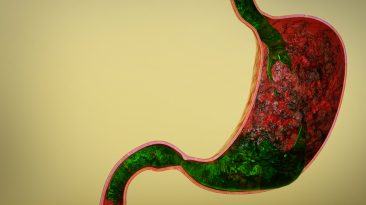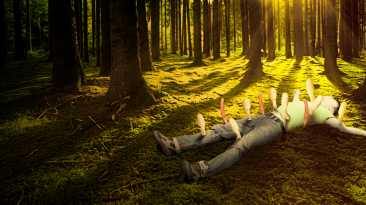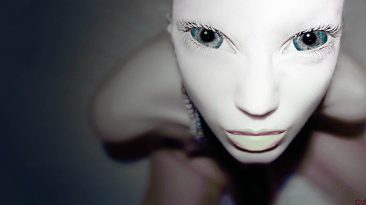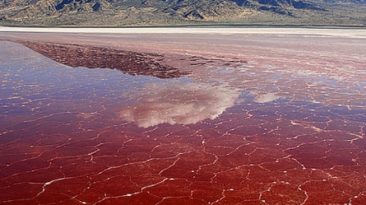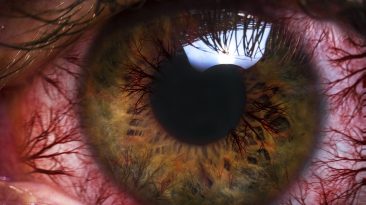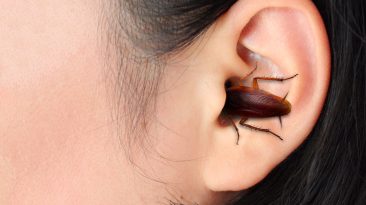How many times have you heard this classic tale? Some sort of apocalypse wreaks havoc on our planet, and before you know it, all the people are gone. Except for one: the last person on Earth.
After wandering around aimlessly (assuming it’s a man) he somehow manages to run into the last woman on Earth. They decide that it’s up to them to save the Human race, so they start making babies. And soon enough, the Earth is re-populated, and everyone lives happily ever after.
But is that even possible? What kind of awkward problems would be involved? And why would our new population be so different? Here’s what would happen if you had to re-populate the planet.
Re-populating an entire planet would be no easy feat; there are a lot of moving parts. Let’s face the obvious problems first:
The best case scenario, assuming the two remaining people are actually fertile (and that we’re talking about two straight people of opposite biological genders), is that the first generation of this new population would all be brothers and sisters. And the second would be cousins. And so on, and so forth.
That’s a lot of inbreeding, which is not only gross, but also dangerous. If the world’s new population is just a product of inbreeding, would it even stand a chance?
So, our last couple on Earth has as many babies as they possibly can. That’s fine, but we can’t stop there… I mean, that’s nice for a family picnic, but we’re trying to repopulate the world here. Taking the next step means that all their kids now have to have babies with each other.
In order to understand just how deadly that is, let’s have a little lesson in genetics.
We all have two copies of every gene, one from each parent. Some of these copies can be “bad genes” that carry genetic disorders.
Carrying these variants on their own isn’t a problem, as long as we only have one copy. In fact, most people watching right now are carrying one or two genetic variants that could be deadly.
But if we’re born with an identical pair of these variants, that’s when we run into trouble. And if our parents are brother and sister, their genes are much more likely to be similar.
As more and more relatives inbreed, the chances of their offspring receiving identical copies and being born diseased or disabled keeps increasing.
That doesn’t spell good news for the future of humanity, but if we have as many children as possible, odds are that some of them will come out healthy, right?
Sure, but what happens when this inbreeding continues over hundreds of years? For that answer all we have to do is look at the European royalty of the past.
For centuries, European royal families would intermarry to keep the power within their ranks, and that quickly led to problems.
The biggest victim of this was Charles the second of Spain who, after generations of interbreeding, had less genetic diversity than he would have if his parents had been siblings.
As a result, he was born with a slew of physical and mental disabilities. He couldn’t walk until he was 8 years old, and his impotence led to the end of the very dynasty his ancestors were trying to preserve.
Alright, so we get it, interbreeding is bad. But what if we introduced a couple more people to help with the re-population? Would that work?
Not really. Because our small group of people would become vulnerable to something called the Founder Effect. In a small isolated population, obscure and harmful traits become common because the founder population limits the number of possible genetic combinations.
Even if they survive all the other fun that a post-apocalyptic world has to offer, odds are that the founding members’ genes would eventually combine to pass down some sort of deadly condition to their children. And with medical care being a thing of the past, the new humanity would probably only last a couple of generations.
But hey, don’t give up hope yet, because history shows that several small groups of survivors have managed to grow and beat the odds of genetics. Maybe it would be possible to recover from the apocalypse. What would our new society look like?
Subscribe to What-If on Youtube or follow the show on Facebook Watch.












